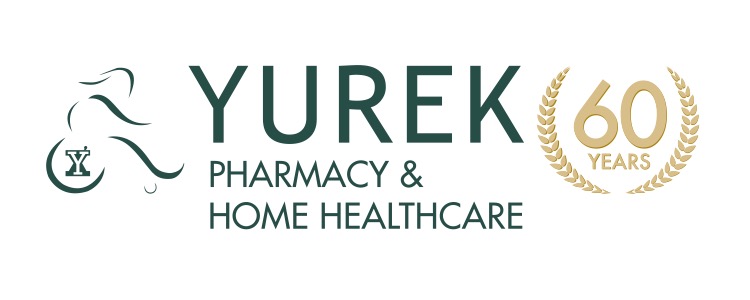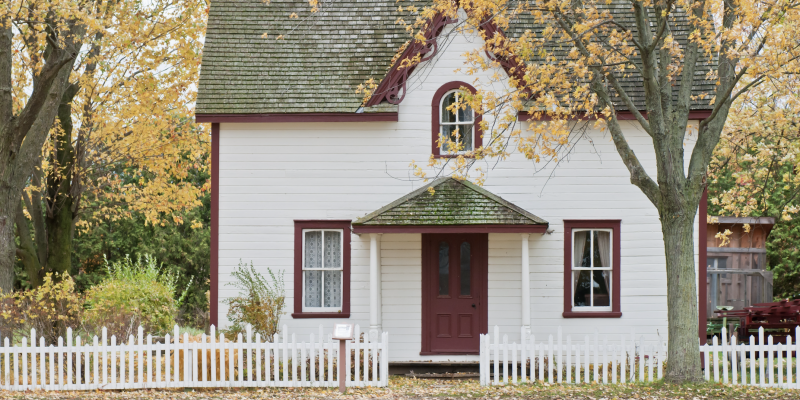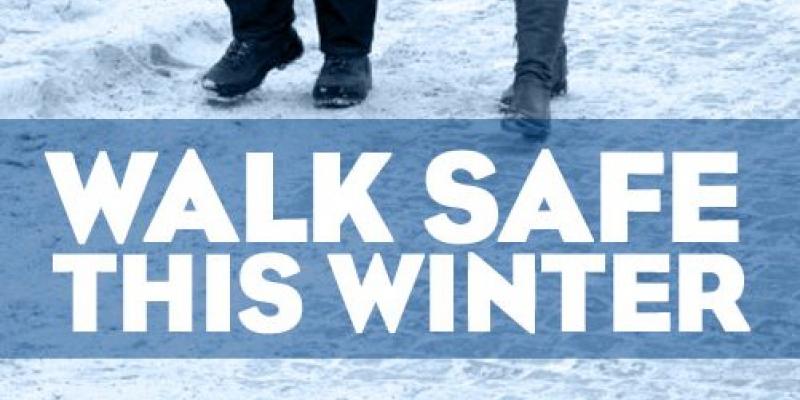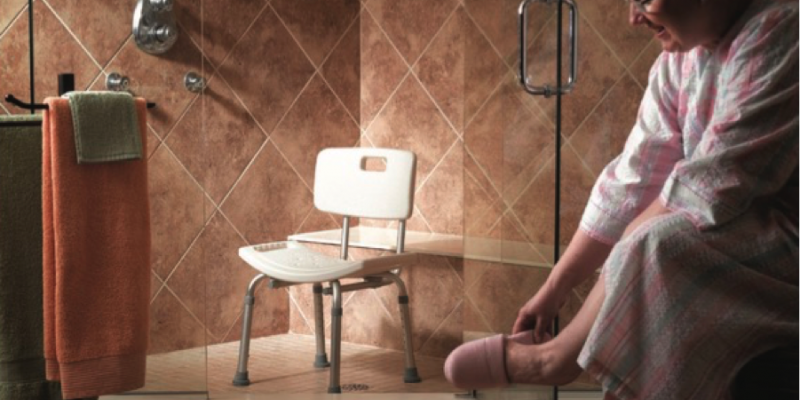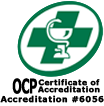The statistics are staggering!!
- Those 65 and older have a significantly higher chance of falling and experiencing a fall related injury.
- Majority of injuries reported include fractured or broken bones.
- 67% of those who injured themselves because of a fall went to the emergency room.
- The average hospital stay for seniors who fell and were admitted to hospital stayed an average of approximately three weeks.
- Half of the falls that led to hospitalizations occurred in the home for those 65 and older.
- Over one third of fall-related hospitalizations among seniors were associated with a hip fracture according to hospitalization data.
Ontario Injury Resource Centre
- The risk of a serious fall injury is nine times greater for those over 65 years of age than for those younger
- 20% of those with hospitalized falls were transferred to a long-term care facility (nursing homes, senior’s homes, personal care homes, etc) and approximately 18% were transferred to another facility where they were provided inpatient hospital care (In other words) 38% of people in Ontario who received hospital care due to a fall did not go home.
Did you know that most falls are predictable and therefore can be prevented?
Effective fall prevention not only preserves independence and quality of life, it can reduce the demand on our healthcare system. Care given to injuries from falls, include hospitalizations, rehabilitation and assistive equipment, as well as for residential care and home care.
Our Aging Loved Ones:
Seniors are most at risk for serious injuries as a result of changes that occur during the aging process (ex. decreased vision, diminished reflexes, reduced muscular strength and mass, and decreased bone density). Inability to regain balance is the number one reason why most falls occur.
Seniors who have a fear of falling, will limit their activities because of their concerns.
Fear of falling may lead some older adults to avoid physical and social activities, potentially leading to loss of confidence, dependency, social isolation, and an overall decrease in their quality of life, and an increase in their risk of falling.
Increased Risk Factors:
The risk of falling increases with the number of medications used. Social factors that can lead to an increased risk of falling include: living alone, social isolation, poor family support, lack of transportation, language barriers, lack of education, financial strain, poor living conditions, and illiteracy.
Identifying Hazards:
Outdoor: Sidewalk cracks, uneven or cluttered surfaces, tree roots, snow or ice, unsafe stair design, poorly lit areas, lack of handrails, poor building designs, and lack of maintenance
Indoor: Throw rugs and loose carpets, electrical cords, pets, clutter, poor lighting, low toilet seat, high beds, slippery floors, stairs (uneven, unmarked edges), poorly fitted handrails, lack of grab bars, curb ramps, rest areas, absence of accessible light switches at room doorways, and items stored in high cupboards.
Eliminating Hazards and Preventing Injuries:
These and many more hazards can be identified in each area of your home and preventative actions can be taken by following the Safely at Home guide provided for free at Yurek Pharmacy & Home Healthcare, 555 Wellington Rd, South, London.
